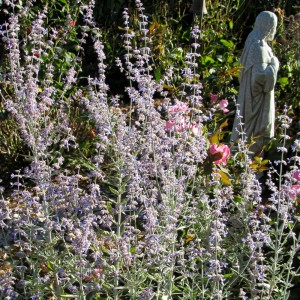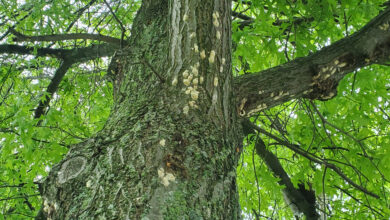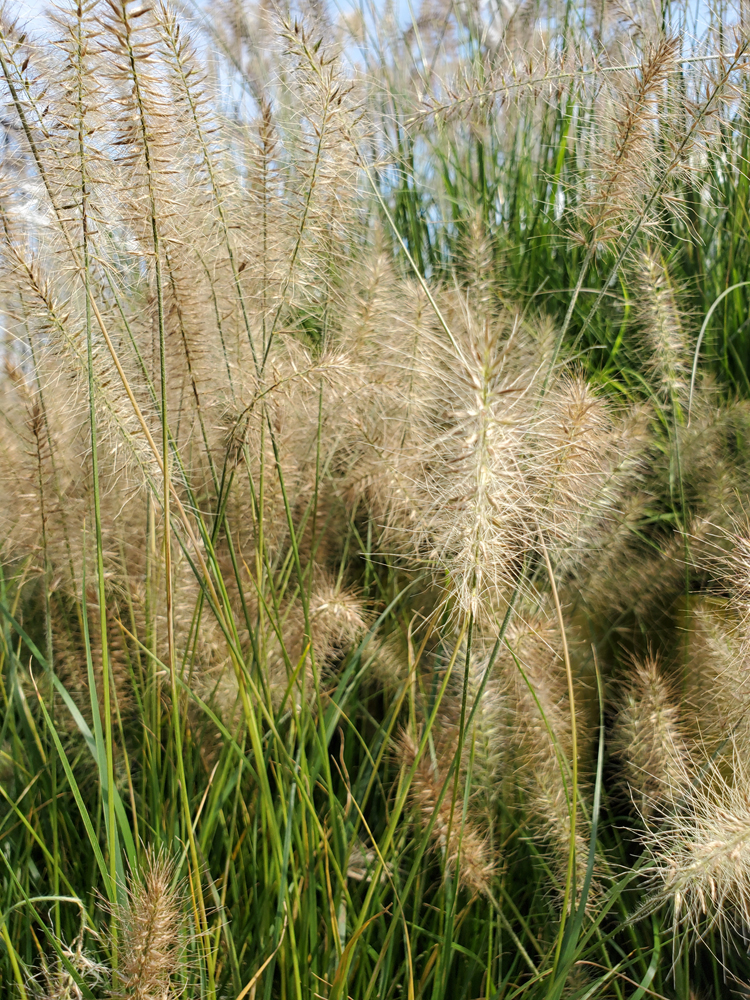Transplanting perennials and shrubs
Autumn is such a great time to garden and if you’ve been thinking about transplanting your perennials or shrubs to different locations in your landscape, now may be a good time.
Cooler, but still mild temperatures and more frequent rain (hopefully) at this time of year help reduce the chance of transplant shock.
According to Oregon State University Extension, plants demand less water in the cooler and wetter fall weather and will recover especially well if they have a chance to develop new roots before the next growing season. That root growth helps to anchor the plant and build up needed nutrient reserves.
Perhaps the most important thing when moving and transplanting, is to leave as much of the plant roots as possible and to re-plant properly.

A hole should be dug at least two feet wider than the size of the root system or root ball. The larger hole will allow for better root growth. OSU Extension recommends roughening the sides of the planting hole and keep it the same width at the bottom as at the top. Remove any rocks or debris from the planting hole.
Planting depth is also critical for success. Many times plants and especially trees, are planted too deeply. Set the plant or tree in the hole at the same depth or slightly higher than it was in the nursery or in your yard. The root collar of trees should be slightly higher than ground level to prevent suffocation of roots and the sprouting of suckers. Remember the tree or large shrub will eventually settle.
When moving perennials, it’s a good idea to cut back the tops. Utah State University Extension says cutting back the tops, or waiting until they die back, reduces the draw on the roots. This allows the plant the use its energy to grow and establish itself.
Transplanting can also be a good time for dividing overgrown perennials. If your plant has outgrown its area, remove half the plant and leave one half to fill in the area.
If you are transplanting established trees and shrubs, you may need to plan ahead. Clemson Cooperative Extension recommends root pruning before moving the plant – pruning the spring or fall before you plan to transplant it. Root prune only after leaves have fallen in the autumn from deciduous plants or before they bud in the spring. If roots are not pruned, the plant can die from transplant shock because of root loss.
To root prune, mark a circle the size of the desired ball around the tree or shrub and then dig a trench just outside the circle. Charts are available on the Clemson Cooperative Extension website to determine the depth of the trench and diameter of the circle – http://www.clemson.edu/extension/hgic.
Before you dig up the plant, tie the branches to keep them from being damaged and out of the way. Dig a trench around the plant outside the root pruning trench making a circle about 12 inches beyond the anticipated diameter of the finished root ball. Cut the roots with a sharp spade facing the plant. Keep the roots moist until you replant with peat moss, or wrapped in plastic or wet paper.
Create a mound of soil in the planting hole and spread the roots around it. Do not crowd or twist the roots. Fill the hole halfway with subsoil, then water, continue filling with topsoil, and tap down lightly.
After transplanting, make sure to maintain constant moisture for the root ball. A 2-3 inch layer of mulch will help to conserve moisture in the soil. Remember to pull mulch away from the trunk or stem of the plant.
Don’t fertilize trees and shrubs when you re-plant. It can lead to cold damage transplant shock. Wait until next spring to fertilize.
One more tip: don’t try to transplant while a plant is blooming. If something is blooming now, it may be best to transplant next spring.






